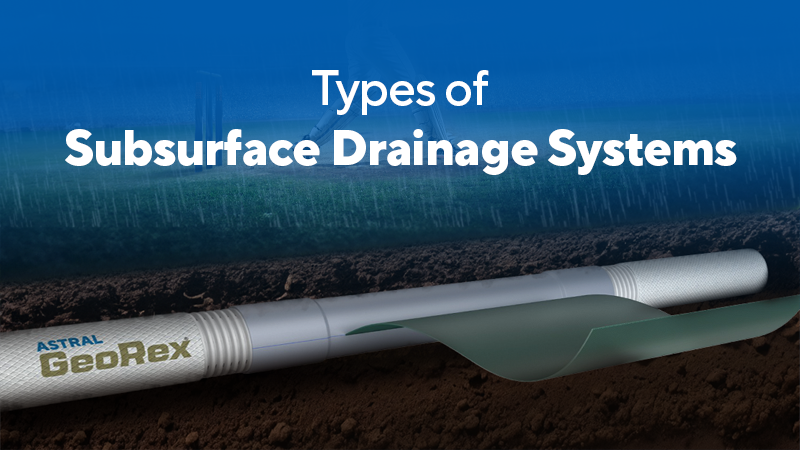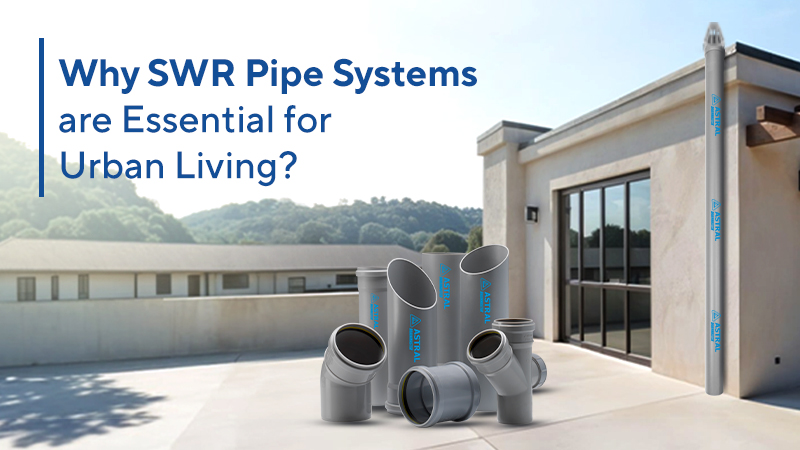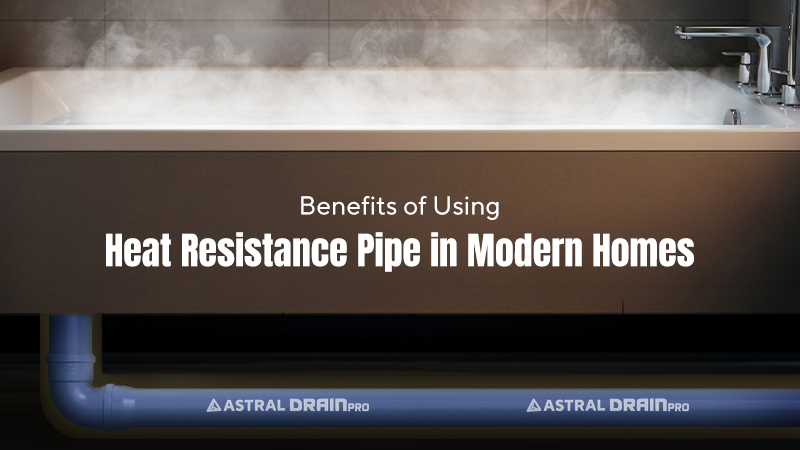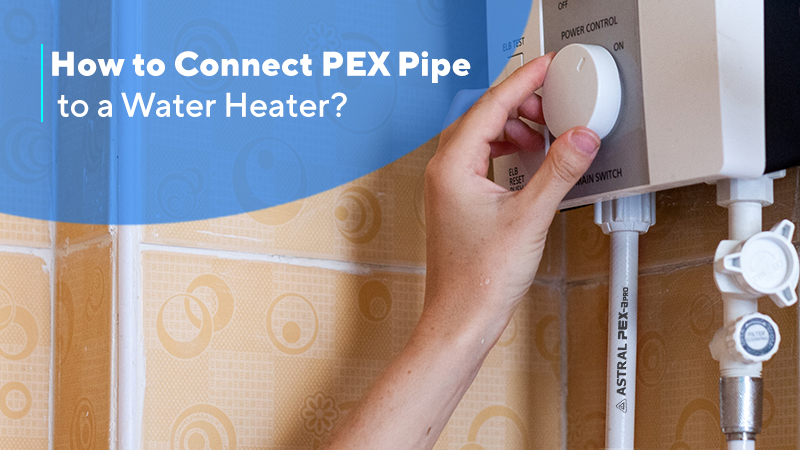
20 Sep 2025
Types of Subsurface Drainage Systems
Subsurface drainage systems remove excess water from below the soil surface, preventing waterlogging and helping improve crop yields. Understanding the types of subsurface drainage systems is essential for managing water tables in agricultural fields, construction sites, and urban infrastructure projects. Proper subsurface drainage protects foundations, enhances soil conditions, and ensures optimal growing environments for crops across various soil types and climatic conditions.
What Is a Subsurface Drainage System?
A subsurface drainage system is an underground network designed to collect and remove excess water from beneath the soil surface. Unlike surface drainage that handles water runoff, these systems target groundwater and soil moisture that can damage crops, foundations, and infrastructure.
How Does it Work?
Water naturally flows through soil layers and collects in specially designed drainage channels or pipes installed below ground level. The system then redirects this water to safe discharge points, preventing accumulation that could cause problems.
These systems typically consist of agricultural pipes, collection chambers and outlet structures. The pipes are perforated to allow water entry while filtering out soil particles. Modern subsurface drainage systems use durable materials like HDPE or uPVC that resist corrosion and provide decades of reliable service.
Key Components of Subsurface Drainage System Include:
- Perforated drainage pipes
- Filter materials (gravel, geotextiles)
- Collection manholes
- Outlet structures
- Monitoring systems
Why Subsurface Drainage Is Important?
Subsurface drainage prevents crop loss, foundation damage and soil degradation caused by excess water accumulation. Without proper drainage, waterlogged soils become anaerobic, reducing crop yields and creating unstable ground conditions for buildings and roads.
Agricultural Benefits:
- Prevents root rot and crop diseases
- Improves soil aeration and nutrient absorption
- Extends planting and harvesting seasons
- Increases land productivity by 20-40%
Infrastructure Benefits:
- Protects building foundations from water damage
- Prevents road buckling and pavement failure
- Reduces maintenance costs for structures
- Ensures stable ground conditions for construction
Poor drainage costs Indian farmers billions annually through reduced yields and crop failures. Implementing effective subsurface drainage systems transforms unproductive land into valuable agricultural assets while protecting infrastructure investments.
Types of Subsurface Drainage Systems
Subsurface drainage systems are designed to manage excess water below the soil surface, improving soil health and crop productivity. Here are the main types of subsurface drainage systems commonly used:
1. Tile Drainage (or Pipe Drainage)
The most common type uses perforated pipes laid in trenches to collect and redirect groundwater. This system involves installing agricultural pipes at specific depths and spacing, typically 1-2 metres deep, depending on soil conditions and water table levels.
- Best for: Large agricultural fields, sports grounds, construction sites
- Materials: Plastic (uPVC, HDPE), clay tiles, concrete pipes
- Advantages: Highly effective, long-lasting, suitable for various soil types
2. Mole Drainage
Creates temporary underground channels using specialised ploughs without installing permanent pipes. A bullet-shaped implement is pulled through clay subsoils, creating drainage channels that typically last 3-5 years.
- Best for: Clay soils with stable subsoil structure
- Cost: Low initial investment
- Disadvantages: Temporary solution requiring regular maintenance
3. Interceptor Drains
Cuts off water flow from higher elevations before it reaches problem areas. These systems intercept groundwater moving downslope, preventing it from accumulating in lower areas.
- Best for: Sloped sites, protecting specific areas from upslope water
- Installation: Typically installed at property boundaries or contour lines
- Effectiveness: Prevents problems rather than treating existing waterlogging
4. French Drains
Simple gravity-fed system using perforated pipes surrounded by gravel. Water seeps through gravel, enters the pipe and flows to a discharge point following natural gravity.
- Best for: Residential applications, garden drainage, small commercial projects
- Components: Perforated pipe, gravel bed, filter fabric
- Advantages: Easy installation, low maintenance, cost-effective
5. Soakaways / Dry Wells
Underground chambers that allow water to gradually infiltrate into the surrounding soil. These systems temporarily store excess water during heavy rainfall, releasing it slowly to prevent surface flooding.
- Best for: Urban areas with limited drainage outlets, rainfall management
- Design: Gravel-filled pits or plastic crates with high void ratios
- Regulations: Must comply with local building codes and environmental standards
Choosing the Right Subsurface Drainage System
Selection depends on soil type, water table depth, project scale and budget constraints. Clay soils typically require pipe drainage systems, while sandy soils may work well with French drains or soakaways.
Key factors to consider:
- Soil permeability: Heavy clay needs robust pipe systems
- Water table level: Shallow tables require deeper installation
- Project size: Large fields benefit from tile drainage networks
- Budget: French drains offer cost-effective solutions for smaller areas
- Maintenance requirements: Consider long-term upkeep costs
For agricultural pipe applications, Astral Pipes’ Geo-Rex Sub-Surface Drainage System provides an advanced solution specifically designed for Indian farming conditions. This specialised system effectively manages water tables while promoting improved agricultural practices, helping farmers transform salt-affected and waterlogged lands into productive fields.
Professional assessment is necessary for complex projects. Soil surveys, percolation tests and topographical analysis ensure optimal system design and performance.
Subsurface drainage systems protect crops, infrastructure and property by controlling excess groundwater. The right system turns waterlogged land into productive use, boosting yields and safeguarding projects. Modern pipes and technology make these systems reliable, cost-effective and a smart investment for long-term productivity and reduced maintenance.










